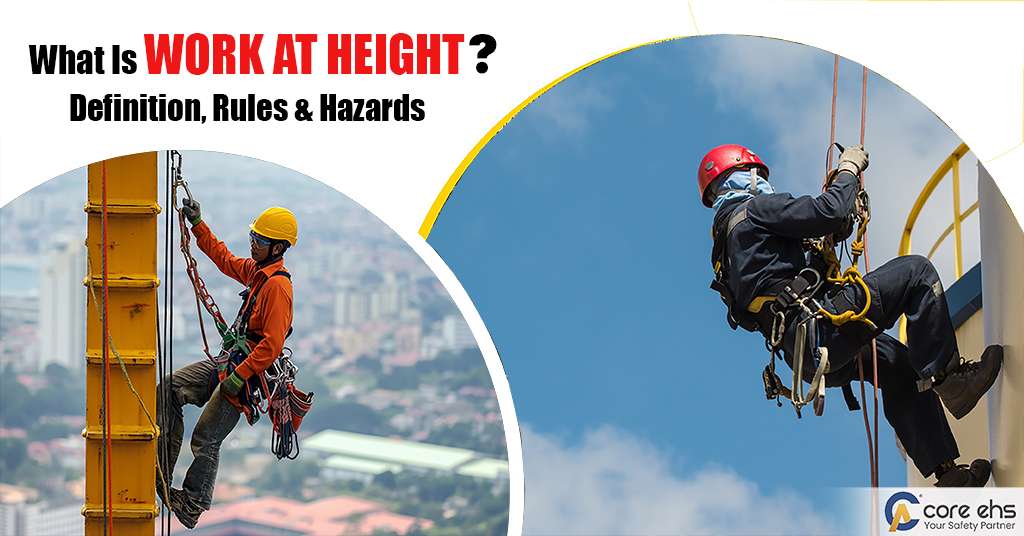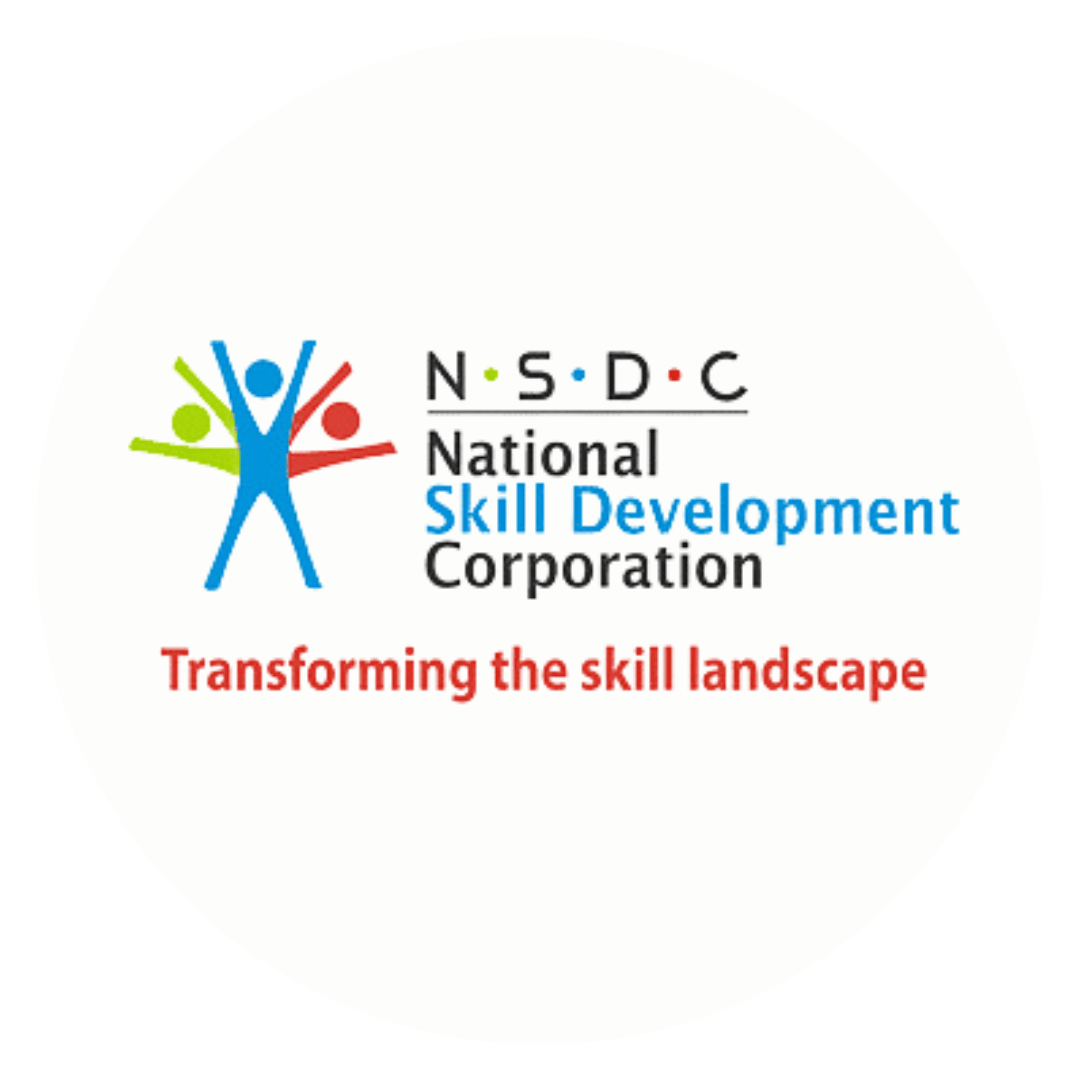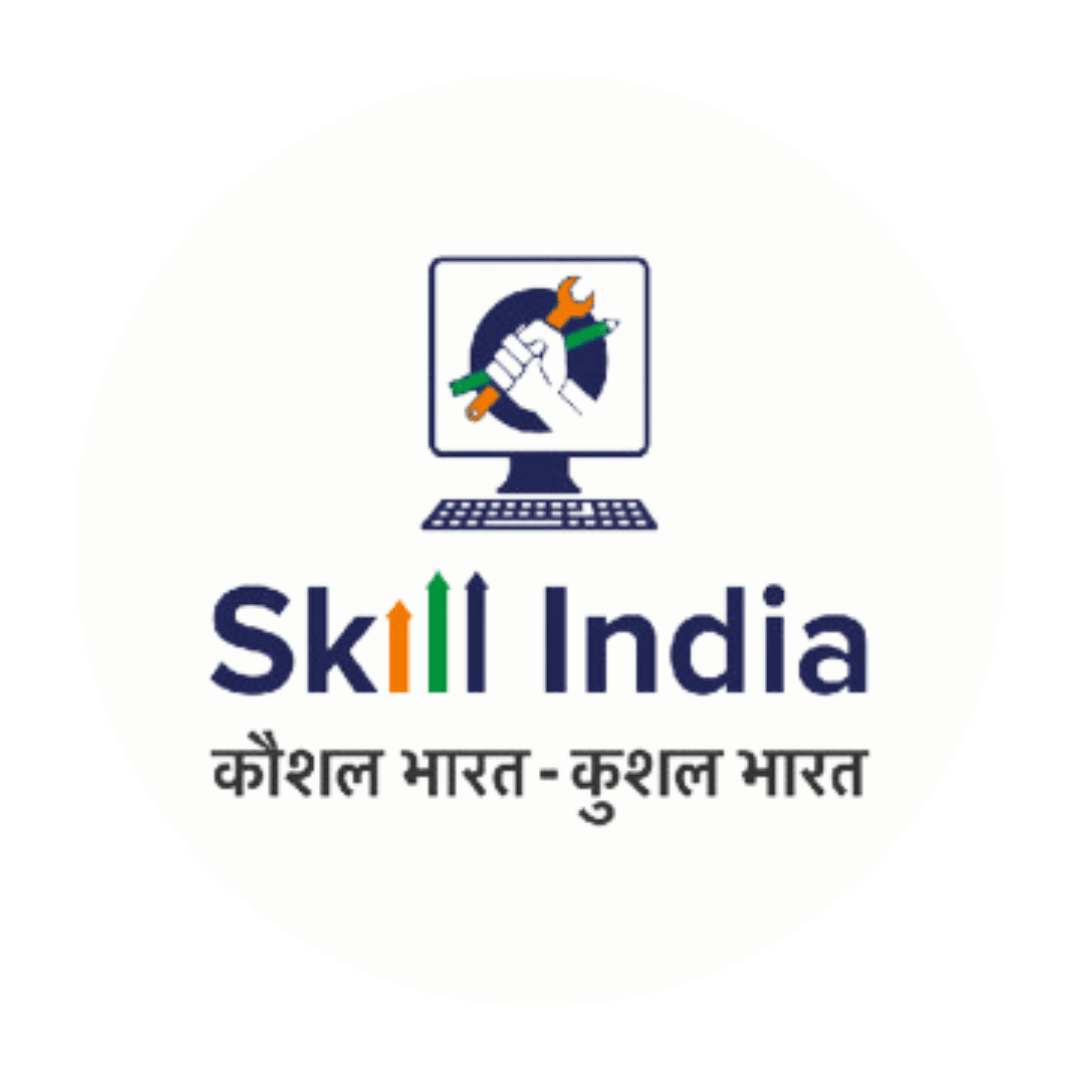This blog reflects on the key safety challenges faced in 2024, including lessons learned from the Bhopal Gas Tragedy, which...
Read Now











Supporting the Implementation of Safety Management Systems
SMCS, is a system based on proven and globally accepted Safety Management practices. It incorporates all rewound processes within the larger scope of identifying specific requirements for finding appropriate solutions and implementing these solutions in right earnest. In addition to this, what gives us the competitive edge, is the integration and support, driven from our self-developed technological systems that ensure reduction in effort and maximization of output with minimum chances of human error.
It evaluates organizational safety culture & re-engineers it for reaching world class safety Standards & Benchmarks. We specialize in provisioning a paradigm shift in an organization’s safety culture and transform it into a Safety Champion. We’ve proudly served over 1 million users in 600+ customers spread across 30+ different countries worldwide. Our efforts have been recognized and rewarded through prestigious awards and renowned felicitations making us the preferred choice for implementing safety management systems.
A Safety Assessment Approach Using Safety Enablers
Our re-engineering methodology entails 5 broad stages that define the outcome in a measurable manner. We begin by building governance and follow it up by identifying the needs. Based on these 2 stages, we commence the development of the fresh safety management systems and draw a blueprint / roadmap that would allow us to achieve the expected outcome. To that extent we use our technological proficiencies for developing tools that act as great support in the overall governance, administration and processes of safety. Finally, we continue to support the owner safety teams through periodic reviews and validations for a sustainable outcome.
Building Governance
Formation of committee for good governance, Capability building of top leaders, Identify Roles & Responsibilities, Define Line Management (For HSE management)
Identify Needs / Gaps
Conduct Safety Maturity Surveys, Gap Analysis and study, Understand the organizational culture, Identify associated risks
Development of systems & Road map
Build & Integrate 'foolproof' systems for delivering, tracking & monitoring processes, Define various methods to implement and validate results, Change Management System, Set KPIs as per benchmarks set, Build analytical tools to monitor and evaluate systems
Deliver & Implement
Deliver Training as per need, Use diverse & innovative methods for delivery, Implement Digital Systems to set status of recommendation, Introduce a rewards system to motivate & improve safety culture
Review & Validate
Build digital systems to review / analyze trends of activity / validation, Performance data Indicators, Identify Key focus areas

Safety Maturity Survey
A Safety Maturity Survey is a tool that will be used to learn and assess the workers, employees and management’s current attitudes and perceptions about the organization and its safety culture. Important, however, is being able to understand the perceptions that influence an individual’s attitudes and behaviours.
CORE EHS Formerly ASK EHS Engineering & Consultants Pvt Ltd, will conduct Safety Maturity Survey with its set of Customized Questionnaire, Interviews, Review of Statistical Data, Previous Audits and Inspection reports having coverage of various category of Management groups and Workmen.
Through this survey and interaction with management and workmen, CORE EHS will identify and assess the gaps between current Process & Workplace Safety Management System.
After gap analysis, a detailed road map for improvement with roles and responsibilities will be developed in association with Customer Apex Committee for making Robust Safety Management System.
CORE EHS will ensure road map implementation with hand holding support to manage and contain the risks to acceptable level with continual improvement in safety performance with respect to benchmark – LTIFR (Lost Time Injury Frequency Rate). CORE EHS will provide dashboard, web based software and mobile APP for this purpose.
Behavioral Intervention Programme
The Behavioral Intervention Programme (BIP) which is often described as a Top-down to bottom-up approach (frontline employees). A behaviour based safety approach promotes interventions that are people-focused and often incorporate one-to-one or group observations of employees performing routine work tasks, setting goals carefully and giving timely feedback on safety-related behaviour, coaching and mentoring. The initiatives have a proactive focus, encouraging individuals and their work groups to consider the potential for incident involvement, (accidents) and to assess their own behaviour as safe or unsafe always, no matter what.
A BIP approach is one which:
- Is based on solid principles about engaging, motivating, assisting, reinforcing, and sustaining safe behaviours.
- We take care of a systematic approach, examining the motivation underlying behaviours, in order to increase safe behaviour.
- Is an ongoing effort; not ‘once-off’ provisions, but a new way of working that the safety leader must continually promote for sustainable, positive results.
- Takes time to achieve; however, results can be observed immediately due to the nature of measurement involved.
- Emphasises increasing safe behaviours rather than focusing on length of time without injury. BIP programmes do not depend solely on ‘lagging indicators’ (after the fact), and instead shift the focus to ‘leading indicators’ (preventative).
Incident Reporting and investigation System
Accident, incident and near-miss reporting is a crucial part of any effective EHS programme to identify trends, establish root causes and prevent recurrence. Management of accident, incident and near miss reporting is a statutory requirement but also acts as a learning tool to help prevent similar accidents occurring in the future. CORE EHS will support to CUSTOMER in implementing an effective reporting procedure and creating the documents that can be used for reporting these occurrences in analytical form.
Accident Investigation & Root Cause Analysis is determining the factors that have caused an accident in the workplace is crucial in preventing similar accidents in the future.
To make effective Incident Reporting and Investigation System will start from reporting and recordkeeping of “AT Risk Behaviour and Near Miss” by/at all level of personnel.
Contractor Safety Management
A contractor safety management (CSM) system is a collection of integrated management processes that is used to control the risks associated with contractor management on an ongoing, real-time basis.
A strong contractor safety program—one that prequalifies contractors before they are hired and monitors and manages ongoing safety performance—can ensure that contractors are adequately equipped to mitigate hazards. This can help to prevent worker injuries, protect corporate reputation, support compliance with government regulations, and avoid hefty fines associated with violations.
Contractor’s safety management begins from selection of contractors to the completion of work and completion of contract including evaluation. The process of contractor’s safety management can be divided into following steps;
- Contractors Selection and exemption from CSM site standard
- On-site training and competency certification before commencement of work
- Execution and completion of contractual work
- Post-job evaluation /annual review of Contractors performance
- Actions after evaluation of Contractors performance
Workplace safety and Containment of risk associated with High Hazardous Process
The design and production of Engineering processes is inherently hazardous, which is why high hazards process safety is of paramount importance for any industry. With the growing numbers of industries in India, various impacts on environment and health in relation to the workplace has increased. Therefore, understanding the hazardous process is crucial in the development of effective control measures. Hazard Identification, Risk Assessment, and Control measures (HIRAC) acts as an effective tool of Occupational Health and Safety Assessment.
The risk containment study is to identify all the possible hazards at various unit of CUSTOMER, to conduct a risk assessment, to calculate the risk rating based on the risk matrix, and to compare the risk rating before and after the control measures. The hazards, which will have high-risk rating are required to reduce to a level considered As Low as Reasonably Practicable (ALARP) by specific control measures for specific processes.
CORE EHS are undertaking Risk classification exercise for all activities considering existing control procedures, past major incidents in steel industry globally and segregate into High-Risk, Medium Risk and Low Risk. Risk assessment will be done for High-Risk processes using appropriate tools, software & Risk Assessment Techniques.
Development / upgradation of safety management system / framework
The existing safety management systems and standards shall be thoroughly analysed, reviewed and proposed to be upgraded to world class standards currently in practice at globally renowned plants/ organizations.
Once the gaps are known, the same shall be filled up and even further upgraded. This shall be done for at least ten new high risk standards along with Standard Operating Procedures, Work Instructions, Responsibility centers, Accountable personnel with appropriate formats for records.
Develop audit procedures, questionnaires in line with world’s best safety standards, particularly practiced by world’s best Plants/Companies. The plant shall be assisted suitably for implementation in other areas.
Supplied IT Tools shall be integrated to the existing IT tools at CUSTOMER SAP platform.
Develop an Integrated Organization Structure for Governance
Safety initiatives are required to be based on the principles of Anticipation, Identification, Evaluation and exercising controls over the foreseeable risks. The present advanced industrial technology incorporating computerized processes, instrumentation, automation and controls requires equally matching operational and safety excellence at all subsequent steps.
Safety Cultural Transformation requires building strong foundation and systems, enhancing visible leadership commitment, building necessary safety structure, development / upgradation of requisite safety management systems and processes and imparting extensive safety best practice training. To meet these requirements, an Integrated Organizational Structure for Safety Management shall be proposed which will help in effective implementation and governance of various safety initiatives and programmes.
Any vital and extra-important decisions taken at the Apex level shall trickle down to the executing agencies with no delays and the same shall attain priority in execution.
Capability Development at all levels of employees
A successful Capability Development Program requires conviction, commitment, and confidence of the leadership in inculcating a culture of learning to become a sustainable initiative. A well designed Capability Development program, when leveraged fully and made integral to the DNA of an organization leads to:
- creating a culture of continuous learning
- enabling agility with market-ready skill sets
- reducing time and cost of work management
- ensuring an engaged workforce
While such programs may vary in their construct from organization to organization, a top-down approach is a pre-requisite for all, and bottom-up approach will automatically established. A successful Capability Development Program requires conviction, commitment, and confidence of the leadership in inculcating a culture of learning to become a sustainable initiative.
Road Safety Management through Engineering controls and other measures
Road Safety Management (RSM) can be briefly defined as the tasks of preparing and implementing road safety policies, engineering control through artificial intelligence. Many studies have been carried out on RSM, trying to identify success factors and reference best practice examples, but the complexity of the subject and the difficulty of quantitative data collection make it difficult a clear and comprehensive understanding. It’s variable depending upon the type of industry or plant.
Such as every workplace will have risks that are specific to the location, the type of work, the people employed, the vehicles used and the way things are done. The issue of industrial transport in the workplace site are mostly associated with heavy vehicle Vs light vehicle. In any case, a well-designed and maintained workplace will make transport accidents less likely. In every work activities involving vehicles there are common aspects to consider. These include: arrival and departure; travel within the workplace; loading, unloading and securing loads; sheeting; coupling; and vehicle maintenance work.
Implementation of Process Safety Management
Process Safety Management is the application of management principles and systems to the identification, understanding, and control of process hazards to protect employees, facility assets and the environment.
PSM refers to a set of inter-related approaches to manage the integrity of hazards associated with industries and is intended to reduce the frequency and severity of incidents resulting from releases of chemicals and other energy sources. These standards are composed of organizational and operational procedures, design guidance, audit programs, and a host of other methods.
PSM begins at the inception of an idea & continues through various stages of development, use & finally removal of the equipment from management process. PSM drives rigour and discipline into an operating organization. An effective PSM framework will also address smaller incidents including those not associated with loss of containment.
Project EHS Management
Formulating an Action Plan Post-Contract Finalization
- Conducting a complete EHS audit and gap identification study before starting work.
- Reviewing existing specific EHS documents.
- Selecting and deploying EHS manpower.
- Developing and designing required site HSE SOP, method statement, plan, and checklists.
- Providing advisory support to meet OHS compliance and minimize incident rates.
- Reducing hidden costs through effective OHS management and enforcement on-site.
Quarterly Expert Site Visits from HQ
Holding coordination meetings with various disciplines and submitting MOM for:
- Internal Coordination Meeting
- Contractor’s EHS Meeting
- Management Meeting
Project Management and Training Support
- Ensuring HSE requirements with the Project Management Team (1 Project Manager, 1 Project Coordinator).
- Developing a comprehensive plan based on gap assessment recommendations for safe implementation.
- Conducting quarterly capability and competency surveys for deployed representatives.
- Providing trade-specific certification training (e.g., scaffolding, rigging) to handle multiple activities.
Additional support
- Technology Assistance in the form of reporting tools and monitoring
- Technical Assistance from the Corporate HSE Team
- Management and Administration Supports

Technology Driven Tools and Applications for Enhanced Implementation of SCMS
Extensive research led us to different ways of enhancing the overall delivery of training and the administration of SCMS. We began developing innovative tools using 2D & 3D animation, Simulation aided training, Augmented Reality (AR), Virtual Reality (VR) and AI driven technologies for enhancing the safety performance. Our accomplishments include;
- Developing over 2000 hours of customized safety animation movies
- Diligently developed AR / VR modules for specific and ‘high hazard’ centric training
- Multi-lingual delivery
- Visually captivating images and sequences in 3D animation format
Association With India's Leading PSUs

Blogs
7 Types of PPE (Personal Protective Equipment)
This blog reflects on the key safety challenges faced in 2024, including lessons learned from the Bhopal Gas Tragedy, which...
Read NowWhat Is Work at Height? OSHA Definition, Indian
This blog reflects on the key safety challenges faced in 2024, including lessons learned from the Bhopal Gas Tragedy, which...
Read NowOur Clients








































FAQs
SMCS- Safety Management Consulting Services
Objective of SMCS to bring safety culture transformation in industry
a) Safety Maturity Survey (SMS)
b) Behavioural Intervention Programme (BIP)
c) Incident Reporting and Investigation System (IRIS)
d) Contractor Safety Management (CSM)
e) Containment of risk associated with High Hazardous
Process (HHPC)
f) Development/upgradation of safety management
system/framework suited to ISP/SAIL(USMS)
g) Development of Integrated organization structure for
governance (IOS)
h) Capability & Competency development(C&C)
i) Rail & Road Safety Management (RRSM)
j) Process Safety Management (PSM)
- To find gaps in order to determine current perceptions, attitudes and motivation in an organization towards safety
- To analyse & evaluate cost benefit on investment with reference to improvements in safety performance
Using various SMS tools, data will be analyzed to understand various parameters and aspects of safety culture
A behaviour based safety approach promotes interventions that are people-focused and often incorporate one-to-one or group observations of employees performing routine work tasks, setting goals carefully and giving timely feedback on safety related behaviour, coaching and mentoring.
Develop structured behaviour-based safety programme to bring positive change in people's behavior towards safety
Develop a mechanism for Incident Reporting & Investigation with focus on improving reporting of Near Miss Incidents & their investigations.
A Contractor Safety Management (CSM) system is a collection of integrated management processes that is used to control the risks associated with contractor management on an ongoing, real-time basis.
- To identify HR(High Risk ) scenarios, assessing existing control measures and reinforce to bring risk down to ALARP
- Establish Safe Working Process for identification of Hazards & Assessment of risks for HR scenario which will improve Safety Performance
- Upgrade to a Robust Safety Management System through gap analysis
- Improve Safety performance to desired LTIFR by providing guidance for HR(High Risk) activities
- to establish a safe working process and closure of audit recommendations
- creating a culture of continuous Learning
- enabling agility with market-ready Skill sets
- reducing Time and Cost of Work Management
- ensuring an Engaged Workforce
- Sustainable capabilities & competency initiatives from all levels of employees and contractors.
- Identifying Training Needs
- Develop necessary Training Matrix
- Develop appropriate Training Modules
- Conduct Train-The-Trainer Programmes
- Handholding the trainers to improve their effectiveness
- Conduct Training programmes on all levels of employees
- Develop Animations Films from past Accidents as Case Studies
- Develop e-learning Modules, Training Videos / Films
- Develop IT Capabilities and Competencies (C&C) Dashboard
- Coaching & Hand holding of Trained Trainers & Committees
Facilitate systematic management & control to improve RRSM performance by upgrading existing Road and Rail Safety measures to Engineering & Administrative controls and comply with Road Safety and Rail Safety Regulations & Standards
- Training & Employee Participation (T&EP)
- Process Safety Information (PSI)
- Process Hazard Analysis (PHA)
- Operating Procedures (OP)
- Management of Change (MOC)
- Pre-start-up Safety Review (PSSR)
- Asset Integrity (AI) including Mechanical Integrity (MI) and Quality
- Assurance (QA)
- Emergency Response Plan (ERP)
- PSM Audits (PSM-A)
- To provide a final checkpoint to confirm all PSM elements have been addressed
- adequately and that the facility is safe to Start-up.
- To prevent process safety incidents during start up, commissioning of new
- equipment, new process or modified process, restart of plant after lockdown
The main purpose of a Personal Safety Action Plan (PSAP) is to promote safe behaviour among the employees inside an organization. The management behaviour is always a factor contributing to safe or unsafe acts. Funding decisions, production pressures, and the example set by management impact the organization’s safety culture. Management must take ownership for providing a safe work environment because management always owns the results.










